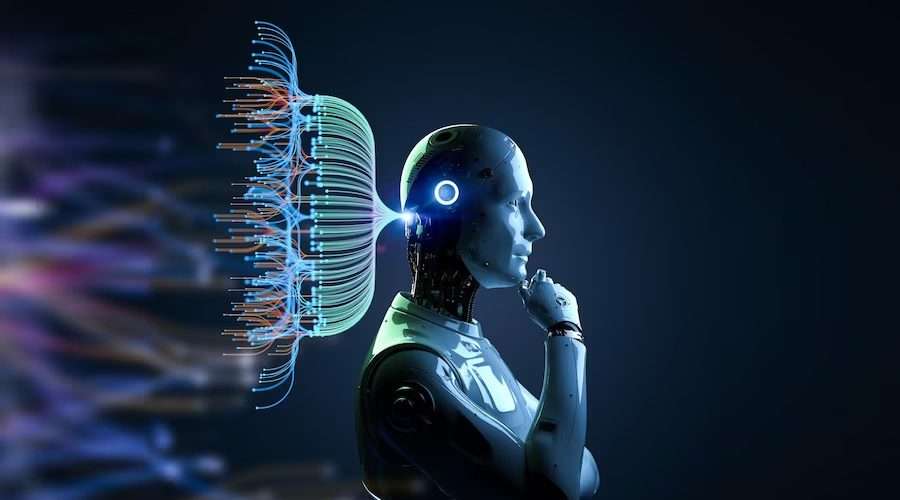

The Role of Robotics in Modern Industry: Revolutionizing Efficiency and Productivity
The world is witnessing a significant transformation in the way industries operate, thanks to the integration of robotics technology. Robotics has been around for decades, but its impact on modern industry has been profound, revolutionizing the way businesses operate, producing goods, and delivering services. The role of robotics in modern industry is multifaceted, with robots and automated systems becoming an integral part of various sectors, from manufacturing and logistics to healthcare and beyond.
Increased Efficiency and Productivity
One of the primary advantages of robotics in modern industry is the significant increase in efficiency and productivity. Robots can perform tasks with precision and speed, completing jobs faster and more accurately than human workers. This is particularly evident in manufacturing, where robots can work around the clock without breaks, resulting in increased production volumes and reduced lead times. According to a study by the International Federation of Robotics, the use of industrial robots has led to a 25% increase in productivity and a 15% decrease in production costs.
Improved Accuracy and Quality
Robots are programmed to perform tasks with precision, which reduces the likelihood of errors and defects. In the manufacturing sector, robots can assemble components with accuracy, ensuring that products meet the required standards. This has led to a significant reduction in product defects, resulting in cost savings and improved customer satisfaction. Additionally, robots can perform tasks that require high levels of precision, such as welding, cutting, and assembly, which are difficult or impossible for humans to perform.
Enhanced Safety
Another significant benefit of robotics in modern industry is the enhancement of worker safety. Robots can perform tasks that are hazardous or dangerous for human workers, such as handling hazardous materials, working in confined spaces, or performing repetitive tasks that can lead to injuries. By removing humans from these roles, industries can reduce the risk of accidents and injuries, creating a safer work environment.
Scalability and Flexibility
Robots can be easily programmed and reprogrammed to perform different tasks, making them highly adaptable to changing production requirements. This scalability and flexibility are particularly beneficial in industries where production volumes fluctuate or where there are frequent changes in product design or manufacturing processes. Robots can quickly adjust to these changes, ensuring that production remains uninterrupted and efficient.
Supply Chain Optimization
Robots are playing a critical role in optimizing supply chain management, particularly in the logistics and warehousing sectors. Autonomous robots, such as warehouse robots and self-driving trucks, are being used to streamline inventory management, shipping, and delivery processes. These robots can navigate warehouses and loading docks, picking and packing items with precision, and ensuring that goods are delivered on time and in the correct quantities.
Healthcare and Service Industries
While robotics is commonly associated with manufacturing and logistics, its impact is also being felt in the healthcare and service industries. Service robots, such as medical robots and robotic vacuum cleaners, are being used to improve patient care, provide assistance to people with disabilities, and enhance customer experiences. In healthcare, robots are being used to perform surgeries, assist in rehabilitation, and provide care to the elderly.
Job Creation and Augmentation
Contrary to popular belief, the increased use of robots in modern industry is not resulting in widespread job losses. Instead, robotics is creating new job opportunities in areas such as programming, maintenance, and training. Additionally, robots are augmenting human capabilities, enabling workers to focus on higher-value tasks that require creativity, problem-solving, and critical thinking.
Challenges and Limitations
While the role of robotics in modern industry is undoubtedly significant, there are challenges and limitations to its adoption. One of the primary concerns is the high initial investment required to purchase and implement robotic systems. Additionally, the integration of robots into existing production lines can be complex, requiring significant retraining of workers and adjustments to manufacturing processes.
Future Outlook
As robotics technology continues to evolve, its impact on modern industry is likely to become even more profound. Advancements in artificial intelligence, machine learning, and IoT connectivity are expected to enhance the capabilities of robots, enabling them to perform even more complex tasks and interact with humans more seamlessly. The future of robotics in industry looks promising, with the potential to transform industries, create new opportunities, and improve the lives of people around the world.
Conclusion
In conclusion, the role of robotics in modern industry is multifaceted and far-reaching. From increasing efficiency and productivity to improving accuracy and safety, robots are revolutionizing the way industries operate. While there are challenges and limitations to its adoption, the benefits of robotics in industry are undeniable. As the technology continues to evolve, we can expect to see even more innovative applications of robotics, transforming industries and improving lives in the years to come.




